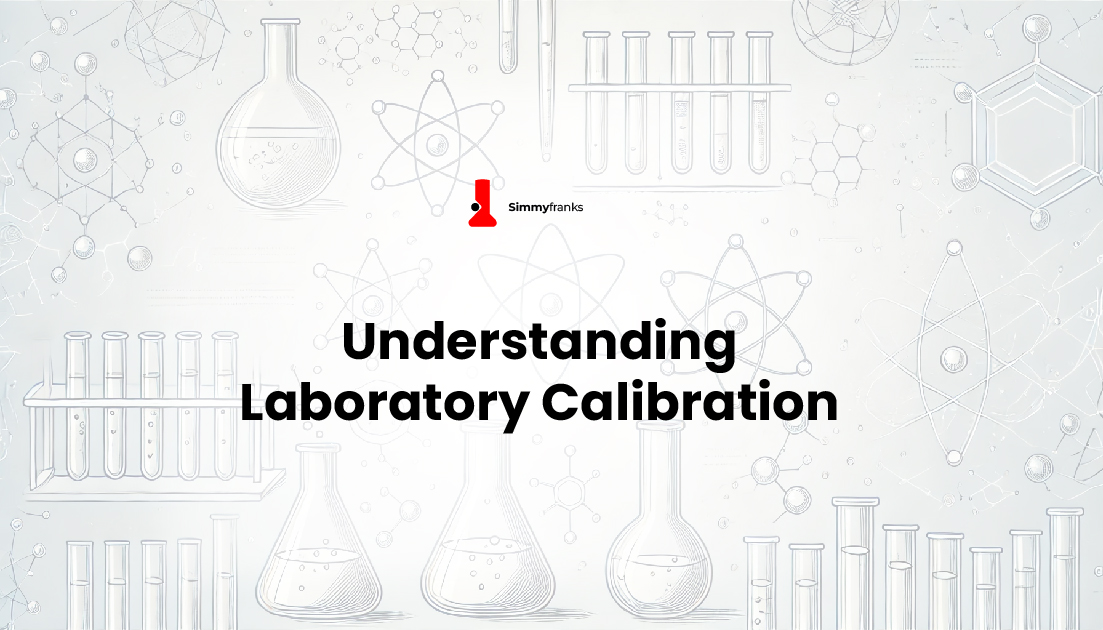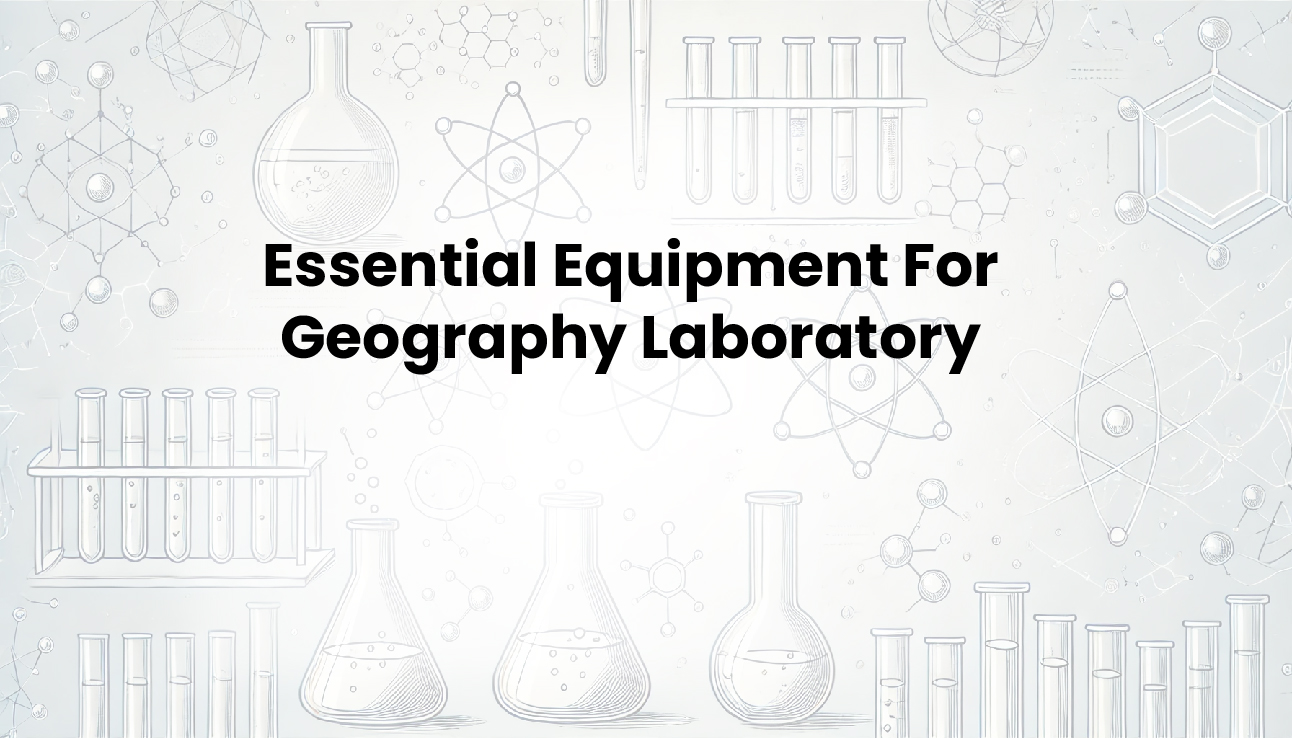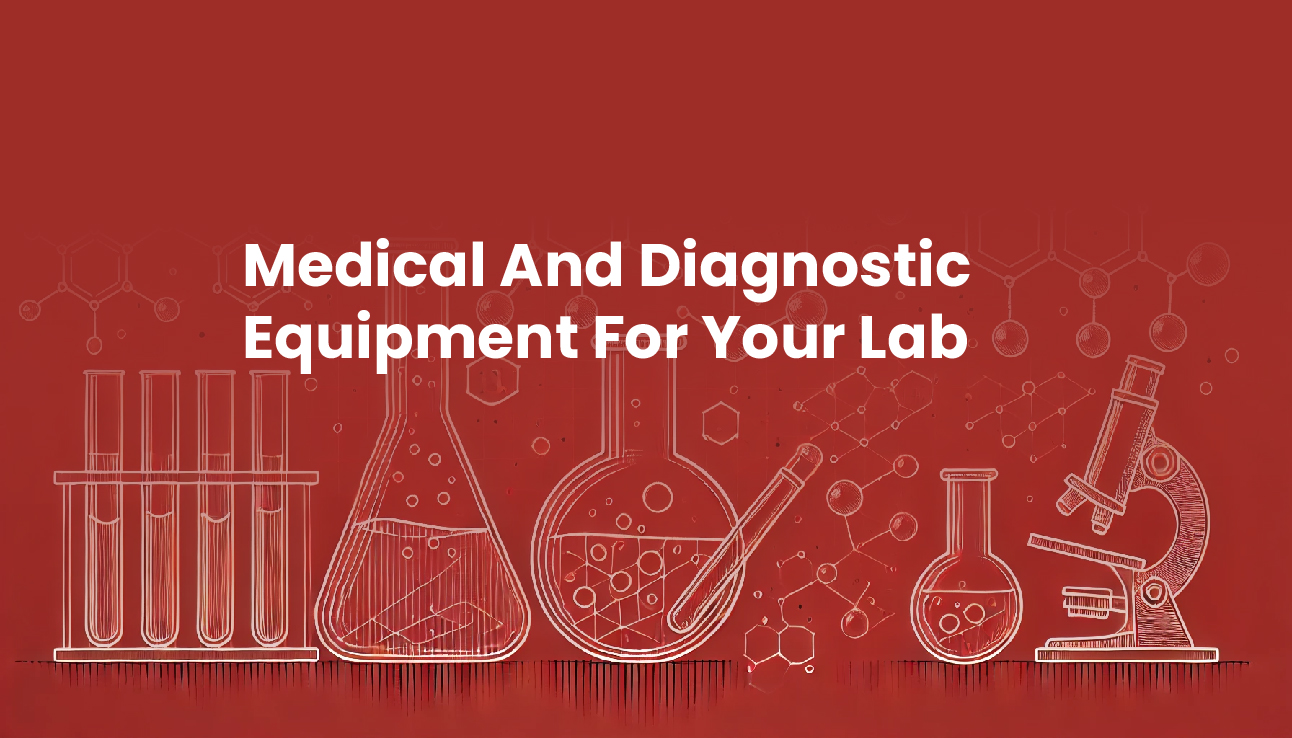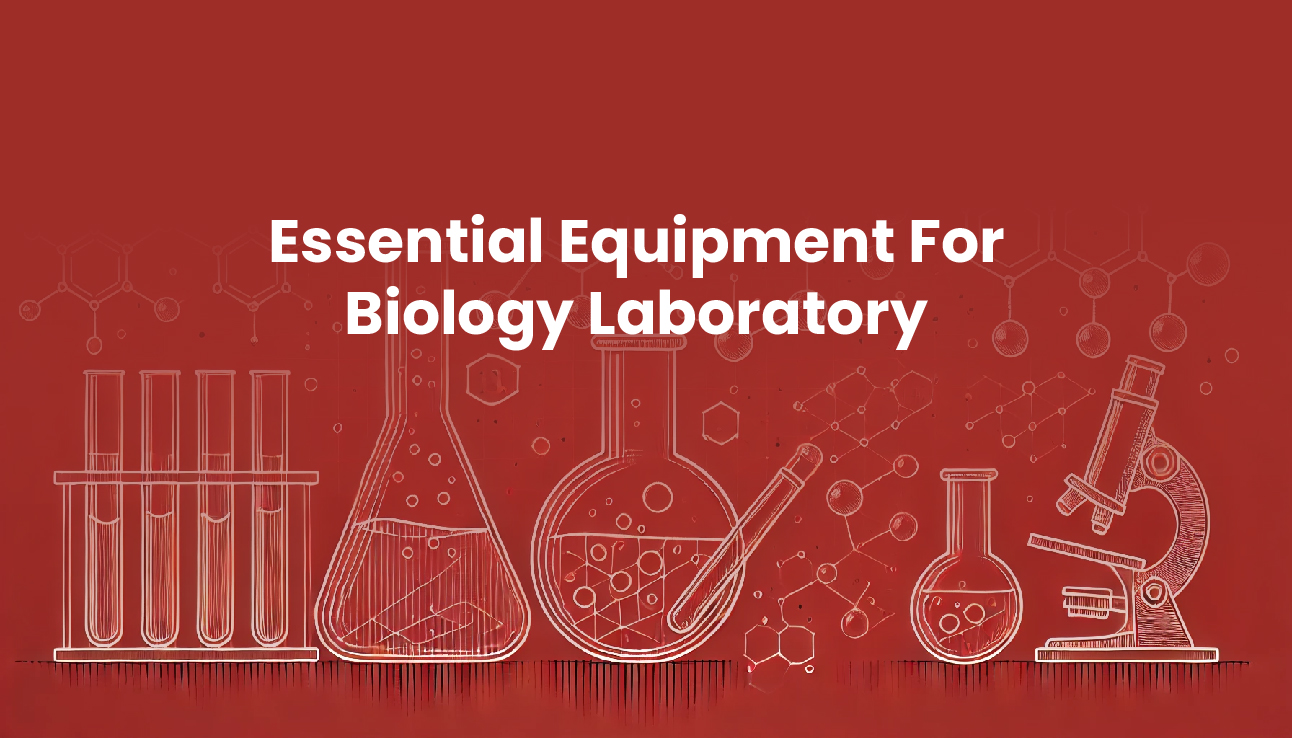Access to clean and safe drinking water is fundamental and a water testing laboratory plays a crucial role in ensuring the quality and safety of our water supply.
With increasing concerns about water contamination and pollution, it is more important to have reliable and accurate methods in place.
In this article, we will explore the importance of water testing laboratories and how they ensure quality and safety in water supply.
Importance Of A Water Testing Laboratory
Water testing laboratories are essential for ensuring the quality and safety of water supply. They provide accurate and reliable testing services that help to:
- Detecting contaminants and pollutants in water.
- Monitor water quality parameters.
- Identify potential health risks.
- Ensure compliance with regulatory standards.
- Improve water treatment processes.
Parameters Tested In Water Testing Laboratories
Water testing laboratories test for various parameters, including:
1. Bacteriological tests:
- Total coliform bacteria
- E. coli
- Fecal coliform
2. Chemical tests:
- pH
- Temperature
- Turbidity
- Hardness
- Alkalinity
- Chlorine residue
- Fluoride
- Nitrate
- Phosphate
3. Inorganic chemical tests:
- Heavy metals
- Cyanide
- Sulfide
4. Organic chemical tests:
- Pesticides
- Herbicides
- Volatile organic compounds (VOCs)
- Semi-volatile organic compounds (SVOCs)
5. Physical tests:
- Color
- Odor
- Taste
- Specific conductance
How To Ensure Quality And Safety In The Water Testing Laboratory
The following measures can be taken to ensure quality and safety in a water testing laboratory:
1. Accreditation:
Obtain accreditation from a recognized accredited body to demonstrate competence and impartiality.
2. Use of certified and calibrated equipment:
All instruments used in the analysis of water samples should be regularly calibrated and maintained to ensure accurate results.
3. Use of certified reference materials and standard procedures:
To ensure that the testing methods and procedures being followed in the water testing laboratory are reliable and safe, certified reference materials should be used and standard procedures should be followed.
4. Training and expertise of the staff:
Laboratory technicians should be properly trained in the use of equipment and testing methods, as well as in quality control procedures. Regular training and continuing education programs should be provided to ensure that staff members are up-to-date on the latest techniques and best practices in water testing.
5. Implementation of a robust quality assurance program:
This program should include regular proficiency testing, where samples are sent to external laboratories for analysis to ensure the accuracy and reliability of the results. Internal audits and inspections should also be conducted to identify any potential areas for improvement and ensure compliance with regulatory requirements.
6. Maintenance of a clean and organized work environment:
To prevent contamination of samples and ensure the accuracy of test results, the work environment should be kept clean and organized.
7. Proper sampling and storage procedures:
Establish and maintain standardized sample handling procedures. This helps to prevent cross-contamination and ensure the integrity of the samples. Also, standard storage procedures should be followed, and storage equipment should be regularly cleaned and taken care of. This prevents contamination of water during storage.
Steps To Take If Contaminants Are Detected In Water Testing
Water can get contaminated by different agents popularly known as contaminants. These contaminants can include microorganisms, chemicals, organic compounds, nutrients, etc. If contaminants are detected in water testing, the following steps should be taken:
1. Notify relevant authorizes:
Inform local health authorities, environmental agencies, and water utility companies.
2. Identify source:
Determine the source of the contamination to prevent further pollution.
3. Conduct additional tests:
Perform more detailed testing to quantify and characterize the contaminants.
4. Develop a remediation plan:
Create a plan to remove or treat the contaminants, including selecting appropriate technologies.
5. Implement remediation:
Execute the plan, which may involve water treatment, source correction, or distribution system flushing.
6. Monitor progress:
Continuously test water quality to ensure contaminant levels are decreasing.
7. Inform the public:
Provide clear guidance and information to affected consumers.
8. Maintain records:
Document all testing, remediation, and communication efforts.
9. Review and revise:
Update water management plans and protocols to prevent future contamination.
10. Compliance:
Ensure remediation meets regulatory requirements and standards.
Remember, prompt action and transparent communication are crucial when contaminants are detected in water supplies.
Get Your Water Testing Laboratory Equipment From SimmyFranks
Are you setting up a new laboratory or looking to upgrade your existing equipment? Look no further than SimmyFranks!
As a leading supplier of laboratory equipment, SimmyFranks offers a wide range of high-quality products to meet your laboratory needs. We sell a vast array of equipment sourced from renowned manufacturers. Also, our knowledgeable staff is dedicated to helping you find the right tools for your research, testing, or educational application.
Water Testing Laboratory: FAQs
1. What types of tests are typically conducted in a water testing laboratory?
In a water testing laboratory, various tests are conducted to assess the quality and safety of water. These tests may include testing for bacteria, viruses, parasites, heavy metals, chemicals, pH levels, turbidity, and other contaminants.
2. How often should water be tested for quality and safety?
The frequency of water testing depends on various factors such as the source of water, the type of contaminants present, and regulatory requirements. Generally, it is recommended to test water at least once a year for private wells and more frequently for public water supplies.
3. What are the potential health risks associated with contaminated water?
Contaminated water can pose various health risks, including gastrointestinal illnesses, skin infections, respiratory problems, and long-term health effects such as cancer and neurological disorders. It is important to ensure that water is safe for consumption to prevent these health risks.
4. How can I ensure that the water testing laboratory I choose is reliable and accredited?
When selecting a water testing laboratory, it is important to choose one that is accredited by a recognized organization such as the Environmental Protection Agency (EPA) or the National Environmental Laboratory Accreditation Program (NELAP). Accredited laboratories follow strict quality control measures and adhere to standardized testing procedures to ensure accurate and reliable results.
5. What should I do if the water test results indicate contamination?
If water test results indicate contamination, it is important to take immediate action to address the issue. This may involve implementing water treatment measures, such as installing a filtration system or disinfection system or finding an alternative source of water. It is also recommended to retest the water after implementing corrective measures to ensure that the contamination has been effectively addressed.
6. How can I prevent water contamination in the first place?
Always practice proper water management and maintenance, such as regular inspection of water sources, proper storage of water, and regular maintenance of water treatment systems. It is also important to avoid activities that can introduce contaminants into the water supply, such as improper disposal of chemicals or waste. Additionally, it is recommended to test water regularly to monitor its quality and safety.





